Our clients include leading organizations across industries
We've helped businesses navigate some pretty gnarly legal situations. Here's how we did it.
Our clients include leading organizations across industries
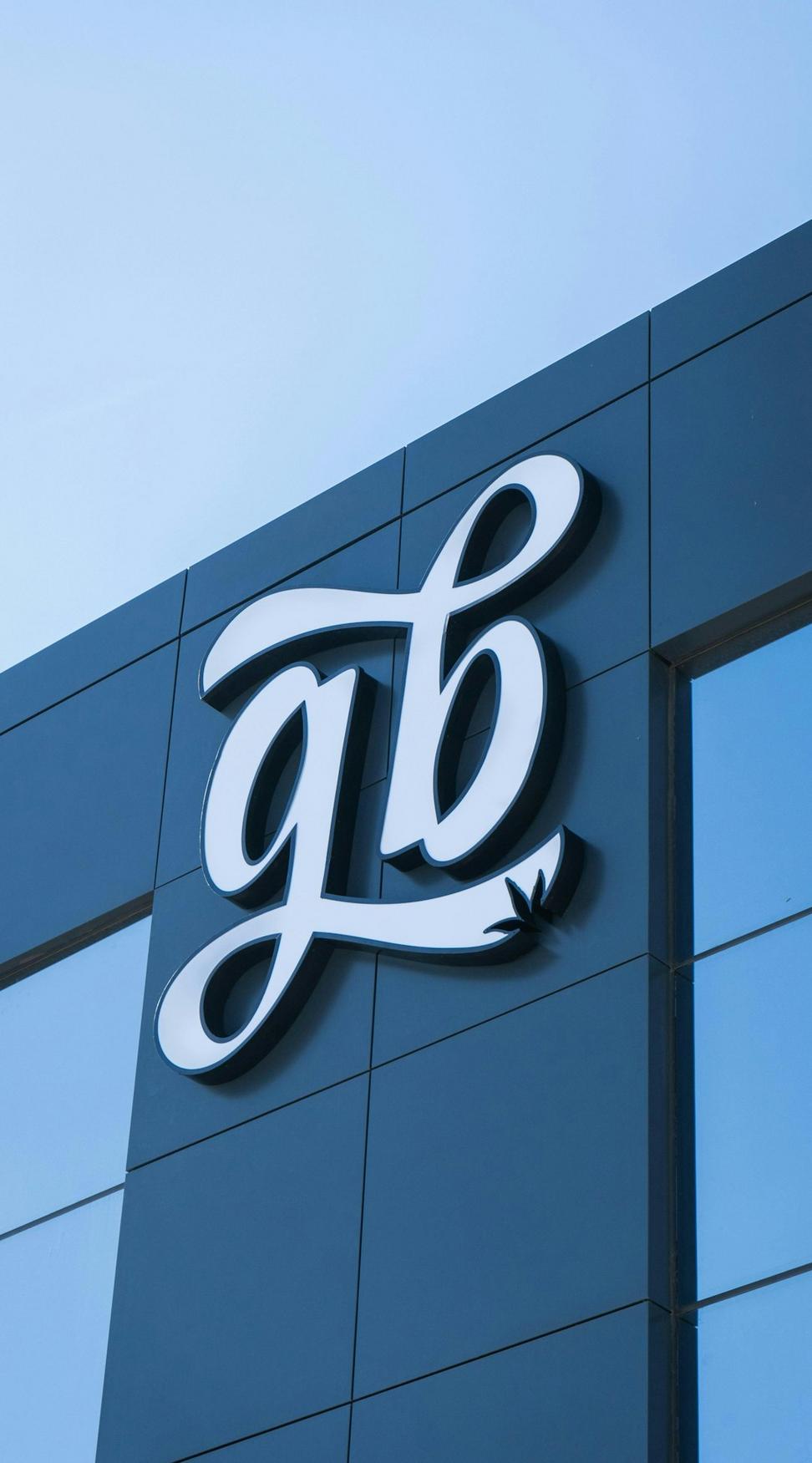

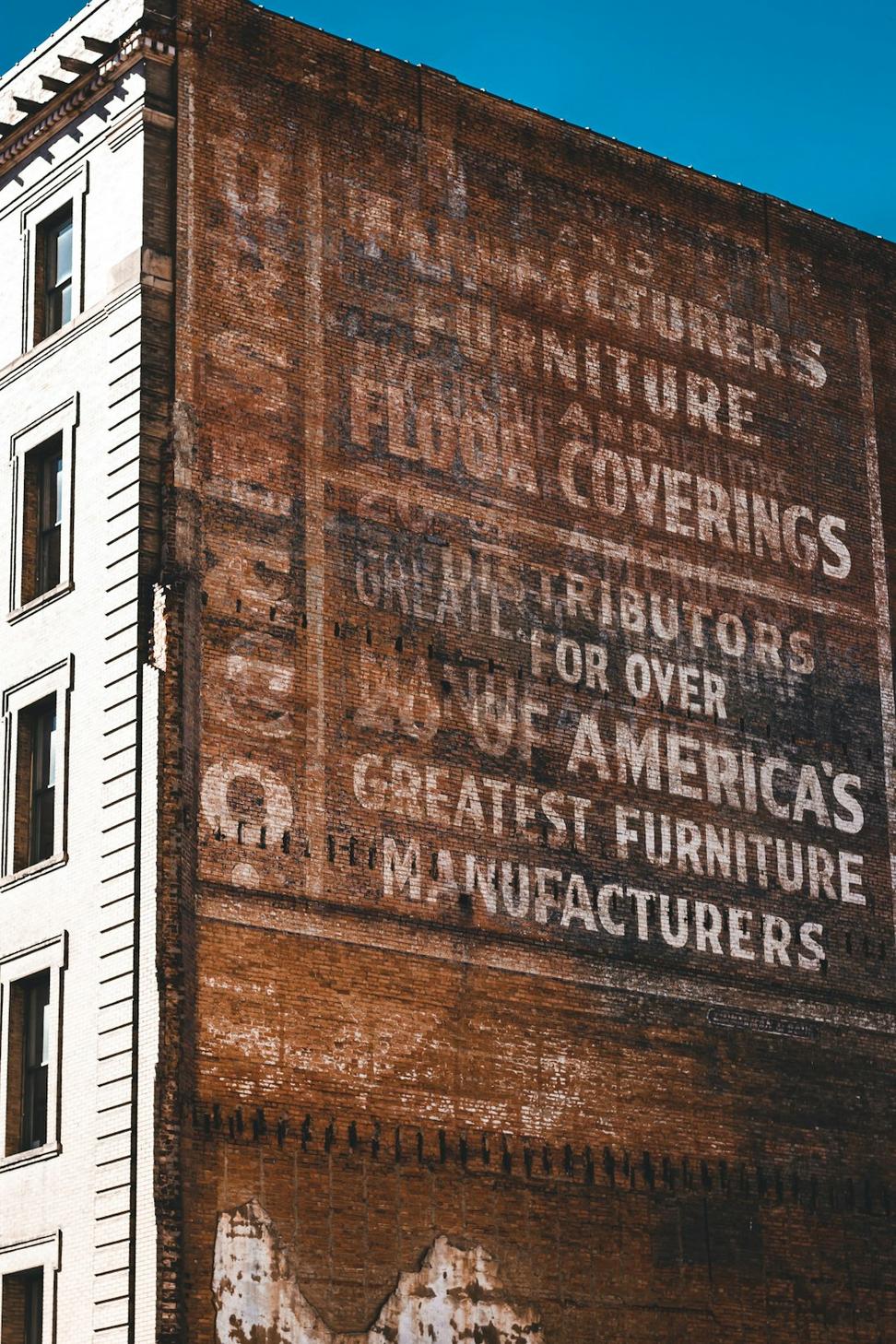

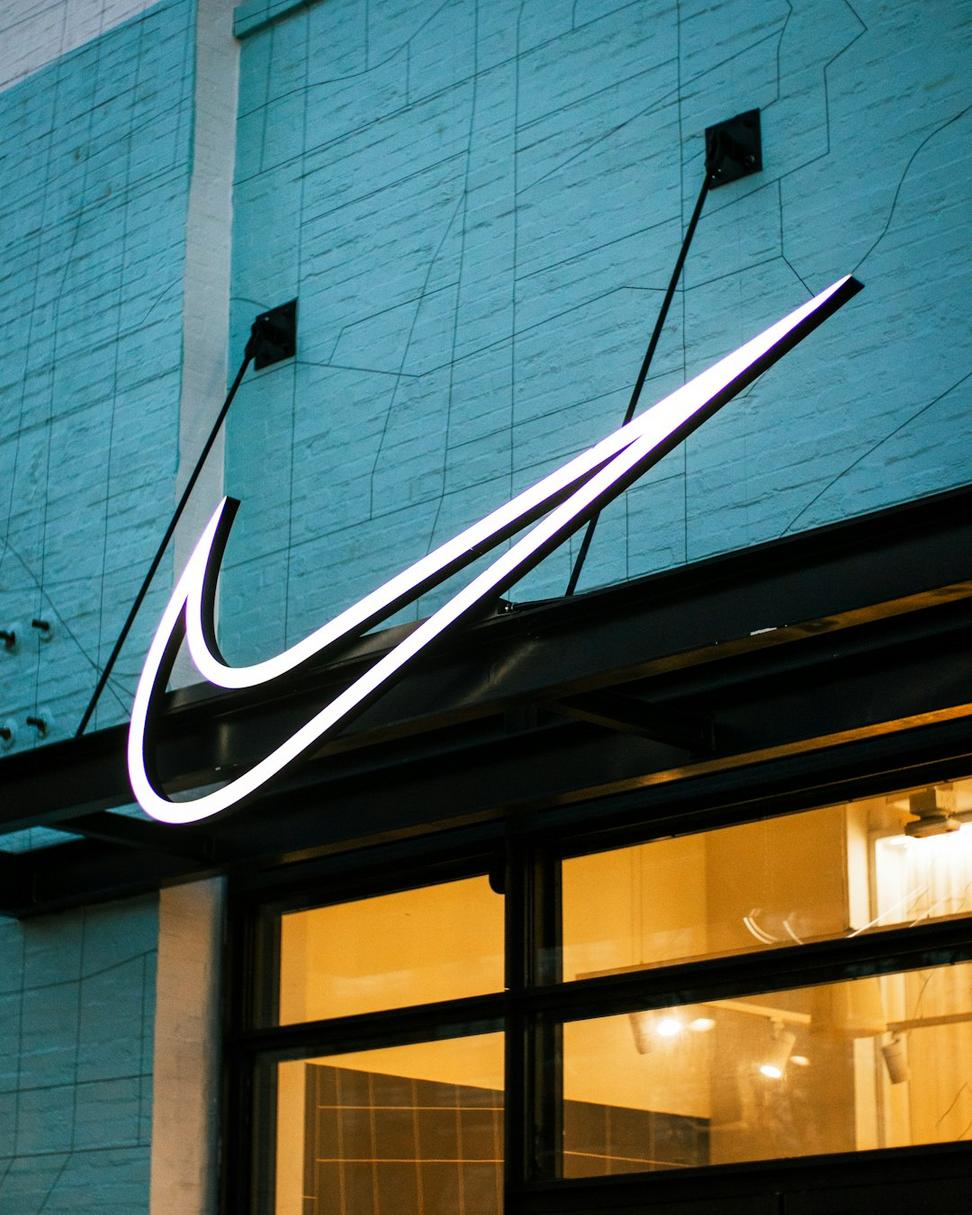


How we saved a cross-border deal when regulatory issues threatened to kill it

A Canadian tech firm was 3 weeks from closing on a German manufacturing company. Pretty standard stuff, right? Wrong. Turns out the EU's new foreign investment screening rules had just kicked in, and nobody on their original legal team caught it in time.
They came to us in what I'd call "mild panic mode" - the kind where everyone's trying to stay calm but you can feel the stress radiating through the phone. The German sellers were getting antsy, threatening to walk if this dragged on. Can't blame 'em really.
Until deal deadline
Regulatory bodies involved
At stake
First thing - we had to be real with everyone. Yeah, we needed to file for screening approval, but that didn't mean the deal was dead. We put together a task force that spanned three time zones (goodbye, sleep schedule).
Here's what actually worked: we restructured the acquisition as a phased approach, which bought us breathing room with regulators. Meanwhile, we fast-tracked the German investment screening application while simultaneously preparing contingency structures. Basically, we built three different paths to close this thing.
We closed the deal 28 days after they first called us - just one week past the original deadline. The client was thrilled, the German sellers were relieved, and honestly? We were pretty damn proud of ourselves.
But here's what really mattered: our client's now got a thriving European operation that's exceeded their projections. Last I heard, they're planning another acquisition and guess who they called first?
Full regulatory approval in 4 weeks
Year-one performance vs. projections
Post-approval integration
Preserved & protected
"They didn't just save the deal - they made it better. The restructured approach actually improved our tax position and gave us more operational flexibility."
- CEO, Acquiring Company
Scroll horizontally to explore this case
When a simple tariff classification error spiraled into a major compliance crisis
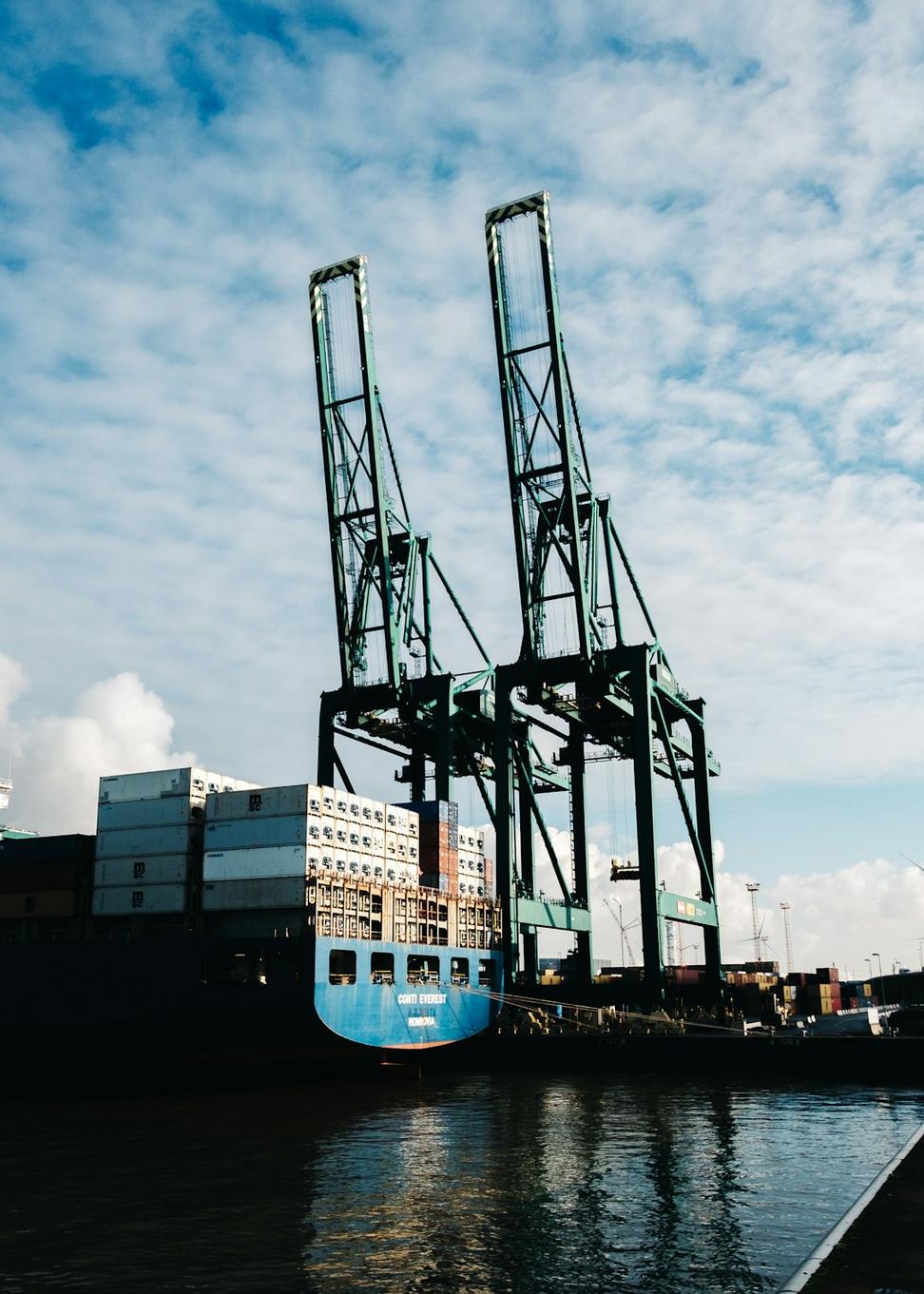
Here's a fun fact - get your tariff classifications wrong and the government doesn't just ask nicely for the difference. They come knocking with penalties, interest, and sometimes criminal investigations. That's exactly what happened to a manufacturing client who'd been importing components from Asia for years.
Somebody in their logistics department had been using the wrong HS codes. Not on purpose - they genuinely thought they had it right. But the Canada Border Services Agency didn't see it that way. They were facing $2.3M in back duties, penalties that could've doubled that, and worst of all, potential charges under the Customs Act.
We needed a two-pronged approach: deal with the immediate crisis AND fix their systems so this never happened again. Can't just put out the fire if the building's made of kindling, y'know?
First, we did a complete forensic review of every single shipment. Turns out, about 40% of the classifications were actually correct - the auditor had made some errors too. That became our opening move. We also proved the company had acted in good faith, with documentation showing they'd tried to get it right.
Negotiated a standstill agreement with CBSA while we reviewed everything
Challenged the audit findings, reduced liability by 43%
Filed for legitimate errors before CBSA could impose penalties
Built new compliance protocols and trained their entire team
After 7 months of negotiations (yeah, these things take time), we settled the entire matter for $847,000 - less than 37% of the original assessment. No criminal charges, no penalties beyond interest, and their import privileges stayed intact.
But honestly? The real win was what happened next. They're now one of the most compliant importers we've seen. Their new systems caught and corrected issues before they became problems. CBSA even held them up as an example during an industry conference. Talk about a comeback story.
Reduced assessment from $2.3M to $847K
No criminal charges or administrative penalties
Zero compliance issues since implementation
Now cited as compliance best practice example
"They didn't just get us out of trouble - they transformed how we think about compliance. Our CFO jokes that hiring them was the best investment we've made in risk management."
- VP Operations, Manufacturing Client
Scroll horizontally to explore this case
Protecting a startup's innovation across 12 jurisdictions simultaneously
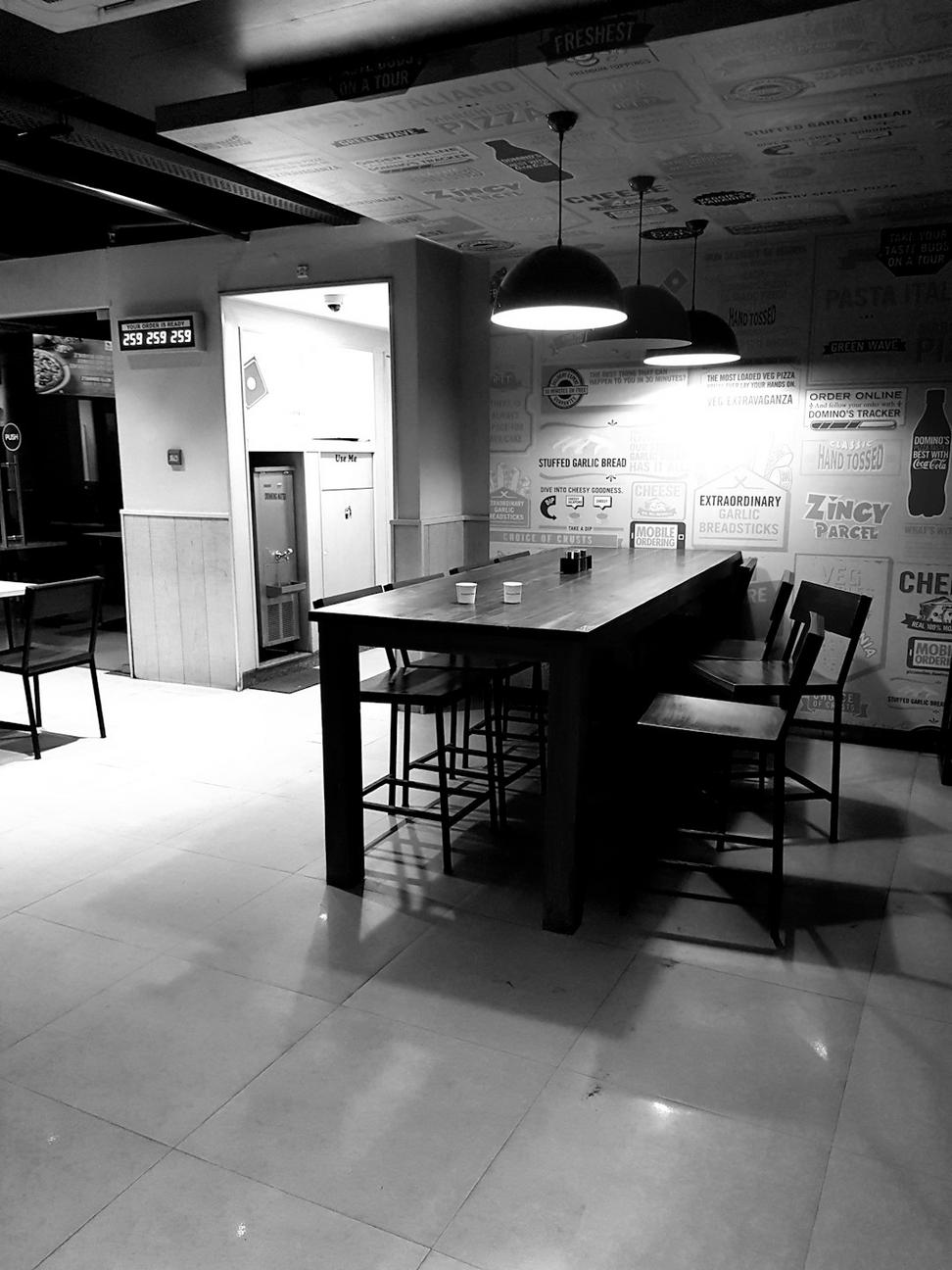
So picture this: a scrappy Toronto cleantech startup develops some genuinely revolutionary battery tech. We're talking potential game-changer stuff. They filed a provisional patent in Canada, thinking they had time to sort out the international stuff. Spoiler alert - they didn't.
Within months, three separate companies (all with way deeper pockets) filed similar patents in different countries. One was clearly based on a leaked pitch deck. Another claimed they'd been developing the same tech independently. The third? Let's just say their "innovation" was suspiciously specific.
Competing claims filed
Major corporations involved
Before priority deadline
We had to move fast and coordinate across multiple patent offices simultaneously. Filed PCT applications covering 12 jurisdictions, each tailored to local requirements. Not fun, but necessary.
Then came the hard part - we challenged the competing applications. Gathered evidence of prior disclosure (that leaked pitch deck came in handy), documented timeline proof, and worked with technical experts to show why our client's approach was genuinely novel. Also hired local counsel in 8 different countries. My phone bill that quarter was... impressive.
Coordinated simultaneous filings across all priority jurisdictions within 3 weeks
Built forensic timeline proving prior invention and documenting potential IP theft
Engaged technical experts and local counsel in each jurisdiction for opposition proceedings
Filed additional continuation patents to create a comprehensive protection wall
We won. Not in one or two countries - in all of them. Every single competing application either got rejected or withdrawn. Our client now holds the foundational patents in every major market that matters for their tech.
The best part? One of those competitors who tried to steal their thunder? They're now licensing the technology from our client. And that Series B funding round that was looking shaky? Closed at 3x the original target because investors finally had confidence in the IP protection.
Patents Granted
Opposition Success
Series B Raised
License Agreements
Secured exclusive rights in all major cleantech markets, valuation increased 4.5x
Generated ongoing licensing income from former competitors
"We were days away from losing everything we'd built. They didn't just save our patents - they turned our biggest threat into a competitive advantage. Now when investors ask about IP protection, we just hand them the portfolio and watch their eyes light up."
- Founder & CEO, CleanTech Startup
Scroll horizontally to explore this case
Navigating succession planning and international expansion at the same time

Family businesses are tricky. Throw in international expansion plans, and they get trickier. This 60-year-old manufacturing company wanted to open operations in Mexico and Vietnam while the founder was trying to hand things off to the next generation. Oh, and did I mention the three siblings who all had different ideas about the company's future?
The existing corporate structure was a patchwork of fixes from decades ago. Nothing was documented properly. The ownership was split across family trusts that nobody really understood anymore. And they needed to pull off this whole transition while negotiating with foreign partners who were getting impatient.
3 siblings, different visions, unresolved succession plan
Outdated holding company, unclear ownership chains
Joint ventures in 2 countries, different legal systems
Foreign partners threatening to walk, founder's health declining
First things first - we needed everyone in the family on the same page. Organized a series of facilitated meetings (basically family therapy with legal consequences) to hash out roles, responsibilities, and what success looked like for each person. Took longer than expected, but you can't build on a shaky foundation.
Once we had buy-in, we restructured everything from scratch. Created a modern holding company structure that separated family ownership from operational control. Set up proper governance with an independent board. Then tackled the international piece - established foreign subsidiaries with local partners, all structured to protect the family's interests and comply with local laws.